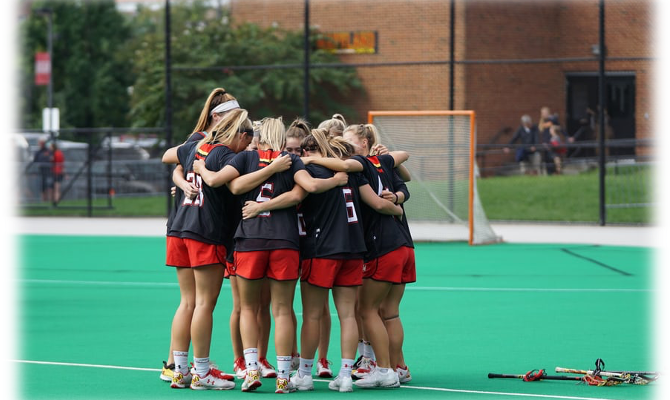ABOUT INTERACT
- INTERACT DIRECTORY
COMMUNITY
TAKE ACTION

Female empowerment: Promoting women’s sense of self-worth, their ability to determine their own choices, and their right to influence social change for themselves and others.
Contribution:
Sport can offer economic, emotional and physical self-determination benefits to women and girls as a response to the triple challenge of gender discrimination, age and poverty:
International endorsement:
UNESCO International charter of physical education, physical activity and sport
‘Equal opportunity to participate and be involved in all decision-making levels in physical education, physical activity and Sport (recreation, health promotion or high performance), is the right of every girl and every woman that must be actively enforced’.
Safety:
Clothing and facilities
Recognise and reward:
Stress the importance of Sport participation:
Competition:
Other tips
Empowering Girls and Young Women through Sport and Physical Activity (GIZ)
More information:
Case study and toolkit. Click Here